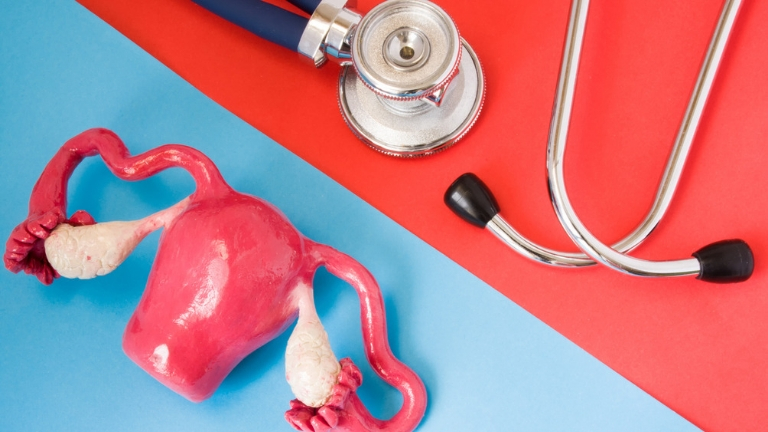Endometriosis affects a staggering 175 million women worldwide. Here, NHS gynaecologist Fevzi Shakir reveals common endometriosis symptoms and how they can be treated
What is endometriosis?
According to Endometriosis UK, one in ten women of reproductive age in the UK suffer from endometriosis, with 175 million women suffering worldwide.
One in ten women of reproductive age in the UK suffer from endometriosis.
In fact, endometriosis is the second most common gynaecological condition in the UK, costing the UK economy £8.2 billion a year due to treatment, loss of work and healthcare costs.
Endometriosis is a condition where the lining of the womb (endometrium) can be implanted in other locations, most commonly in the pelvis, around the side walls and can involve the bladder and bowel.
What are the common symptoms?
This can give rise to common symptoms such as:
- Chronic pelvic pain (which can last for more than six months)
- Painful periods (which can be heavy on occasion)
- Pain when passing urine or stool (affecting bladder and bowel function)
- Painful intercourse
- Difficulty conceiving.
How can these symptoms be treated?
Sometimes the symptoms can be managed with pain killers and analgesia such as paracetamol or ibuprofen, which may be enough for some patients.
Hormonal contraception which includes tablets or contraceptive coils, can also help to alleviate some of the symptoms. But the cause of endometriosis is still unknown and there is no definite cure.
In addition to this it’s always a good idea to pay attention to your diet. Exercise and certain diets (such as gluten free or foods rich in omega 3) can also help to control symptoms.
Hormonal contraception which includes tablets or contraceptive coils, can also help to alleviate some of the symptoms.
If these initial measures are not sufficient and do not control the symptoms, and endometriosis is strongly suspected, then a referral to a gynaecologist is recommended.
The next stage would be a surgical procedure called a laparoscopy (keyhole operation). This is where fine little cuts are made into the tummy wall and the actual endometriosis is visualised using cameras.
If endometriosis is seen, it can be treated using special instruments, which can be in the form of burning, lasering or cutting away the endometriosis. This is done by either using laser or similar devices to destroy the endometriosis.
Mr Fevzi Shakir is a Consultant Gynaecologist specialising in Advanced Minimally Invasive Gynaecological Endoscopic Surgery.
He has completed a 2 year Senior Clinical Research Fellowship in Advanced Gynaecological Endoscopic Surgery, based at the Minimal Access Therapy Training Unit (MATTU) in Guildford.
In 2014 he was elected as a council member in charge of the trainee portfolio for the British Society for Gynaecological Endoscopy (BSGE) and re elected in 2016.
He has founded a trainee group as part of the BSGE called RIGS (Registrars in Gynaecological Surgery) aiming to improve training and resources.
Got a question for our gynaecologists? Email in confidence to editor@healthista.com
March is Endometriosis Awareness Month and March 24 is world Endometriosis Day
More in our Ask The Gynaecologist series:
13 causes of lower abdominal pain – gynaecologist Dr Larisa Corda explains
More Healthista Content:
How to be happy everyday – 7 surprising things that really help
WIN £130 worth of prizes and be the first to try this new Alexa health monitor
Menopause symptoms making you miserable? These natural fixes will help
Thyroid problems? These 4 natural fixes are proven to help
Like this article? Sign up to our newsletter to get more articles like this delivered straight to your inbox.






















































